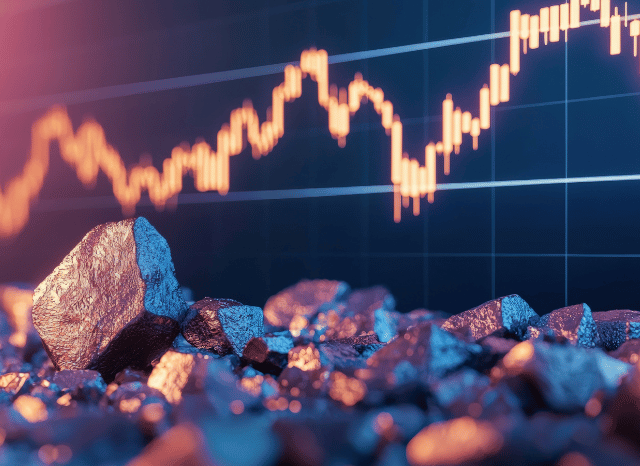
The strategic metals powering the Electricity changeover are actually centre phase in geopolitics and industry.
Once confined to specialized niche scientific and industrial circles, exceptional earth aspects (REEs) have surged into worldwide headlines—and for good motive. These 17 features, from neodymium to dysprosium, will be the developing blocks of recent know-how, enjoying a central job in anything from wind turbines to electric automobile motors, smartphones to defence units.
As the entire world races to decarbonisation and digitalisation, demand for REEs is soaring. Their part from the energy transition is vital. Superior-overall performance magnets made with neodymium and praseodymium are necessary to the electric motors used in the two EVs and wind turbines. Other REEs like europium and terbium are valuable for lighting, shows, and optical fibre networks.
But source is precariously concentrated. China currently leads the sourcing, separation, and refining of rare earths, managing in excess of 80% of global output. This has remaining other nations scrambling to develop resilient provide chains, decrease dependency, and protected use of these strategic assets. Because of this, rare earths are now not just industrial elements—they're geopolitical belongings.
Investors have taken Take note. Curiosity in scarce earth-linked stocks and exchange-traded resources (ETFs) has surged, driven by both of those the growth in cleanse tech and the desire to hedge from supply shocks. Still the market is advanced. Some businesses are still during the exploration stage, Many others are scaling up manufacturing, when a couple of are previously refining and offering processed metals.
It’s also here essential to be aware of the distinction between rare earth minerals and uncommon earth metals. "Minerals" confer with the raw rocks—like bastnasite, monazite, xenotime, or ionic clays—that consist of scarce earths in natural type. These demand intensive processing to isolate the metallic features. The term “metals,” However, refers to the purified chemical components used in high-tech applications.
Processing these minerals into usable metals is costly. Beyond China, several international locations have mastered the entire industrial system at scale, while spots like Australia, the U.S., Vietnam, and Brazil are Doing work to change that.
Demand from customers is currently being fuelled by many sectors:
· Electric mobility: magnets in motors
· Renewable Electricity: notably wind turbines
· Customer electronics: smartphones, laptops, sensors
· Defence: radar, sonar, precision-guided units
· Automation and robotics: ever more essential in field
Neodymium stands out as a particularly important uncommon earth due to its use in strong magnets. Other people, like dysprosium and terbium, enrich thermal stability in large-performance applications.
The unusual earth sector is risky. Costs can swing with trade coverage, technological breakthroughs, or new offer sources. For traders, ETFs present diversification, while immediate inventory investments feature bigger risk but possibly better returns.
What’s obvious is usually that scarce earths are now not obscure chemical curiosities—they’re strategic means reshaping the worldwide overall economy.